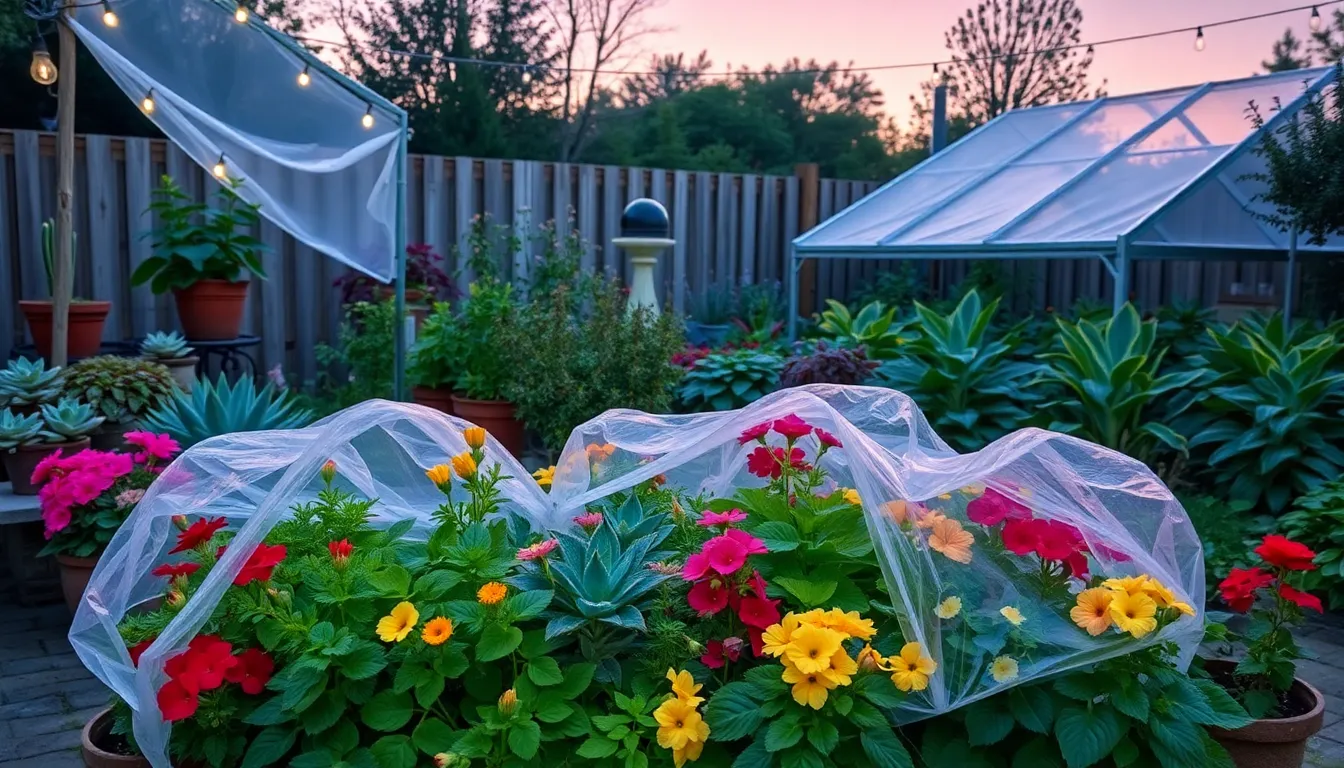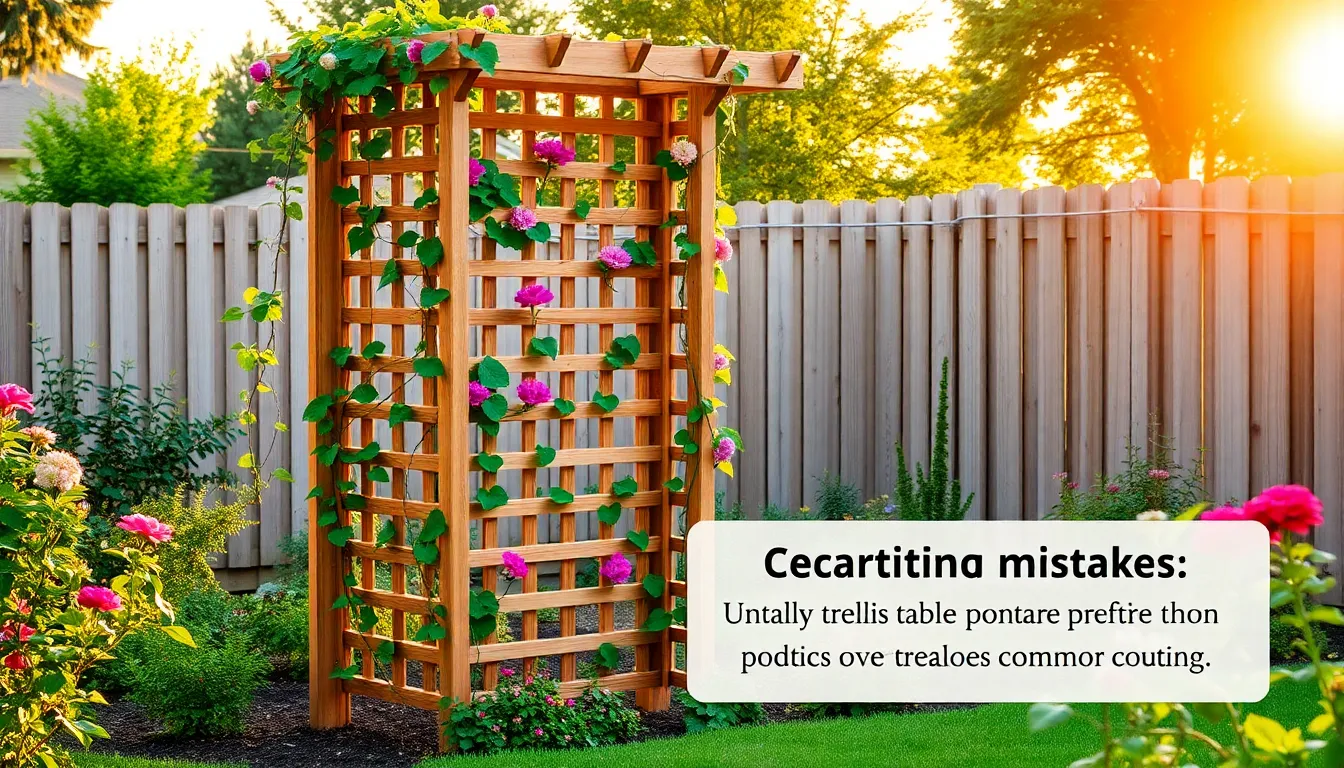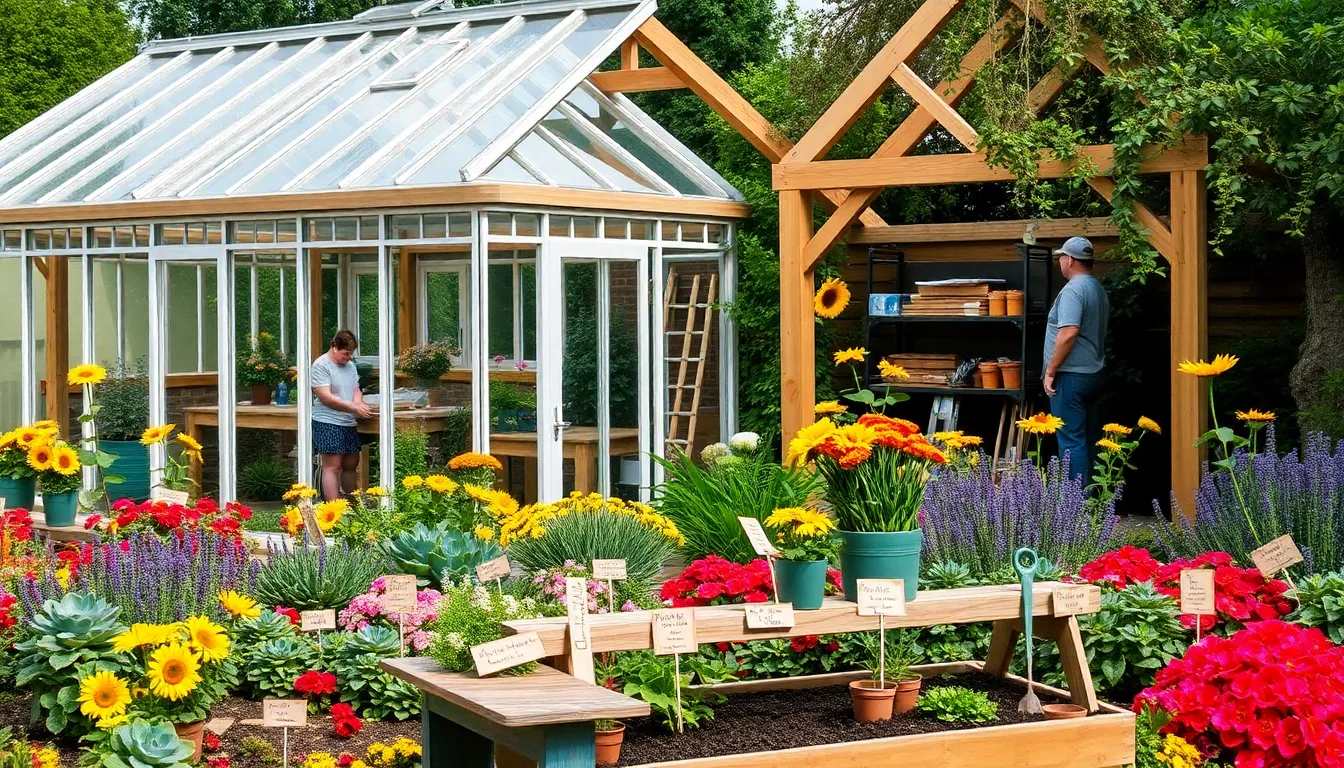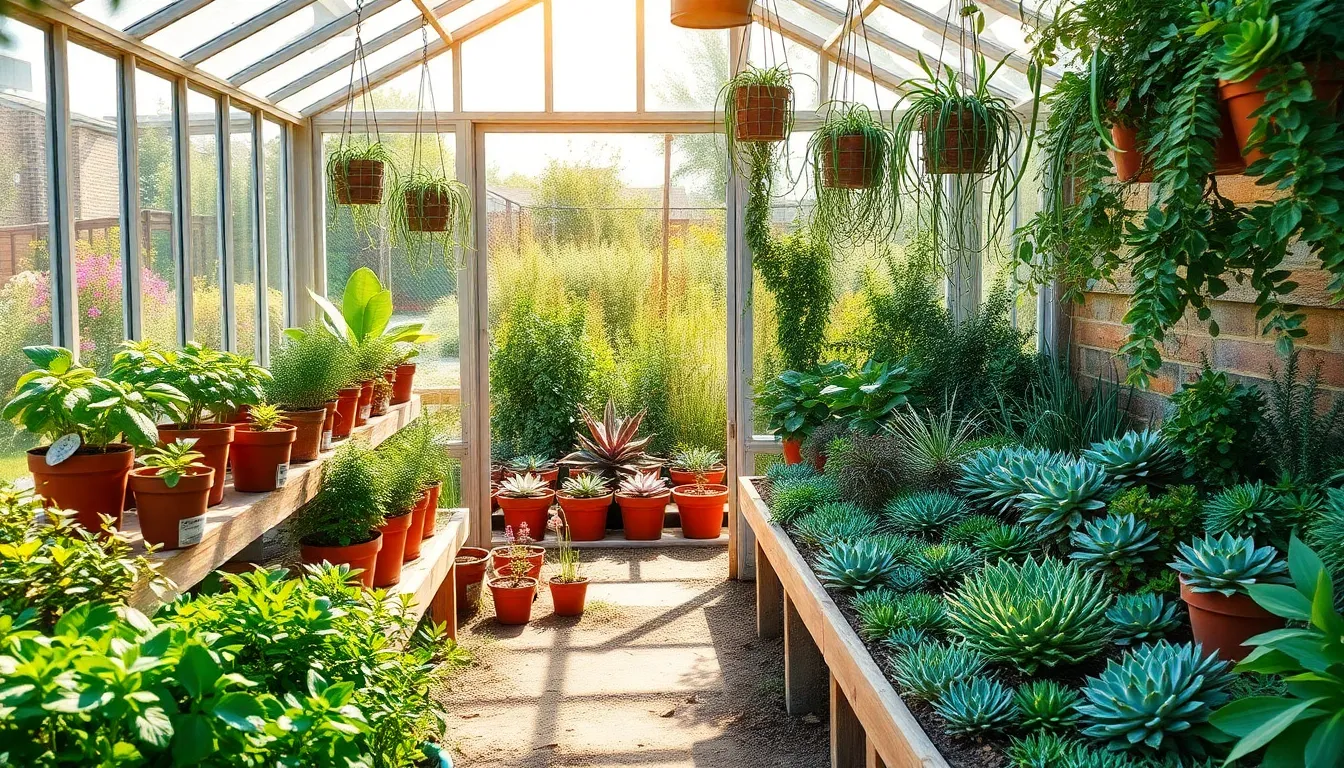As the chill of winter approaches, the instinct to protect our beloved garden plants from frost can feel as natural as breathing. Yet, while safeguarding your greenery might seem like an obvious course of action, it’s important to consider that every choice in the garden comes with its own set of challenges. For both budding gardeners and seasoned green thumbs, understanding the potential drawbacks of frost protection is key to making informed decisions that benefit your entire garden ecosystem.
In this article, we’ll explore some of the lesser-known disadvantages of shielding plants from frost and how these can impact your garden’s health and vitality. You’ll discover insights into how overprotecting your plants might inadvertently weaken them or disrupt their natural cycles. By examining these considerations, you’ll be equipped with the knowledge to strike a balance between necessary protection and allowing nature to take its course. Whether you’re just starting to cultivate your gardening skills or have years of experience, understanding these nuances will empower you to make choices that nurture a thriving garden all year round.
Potential Overheating Risks Explained
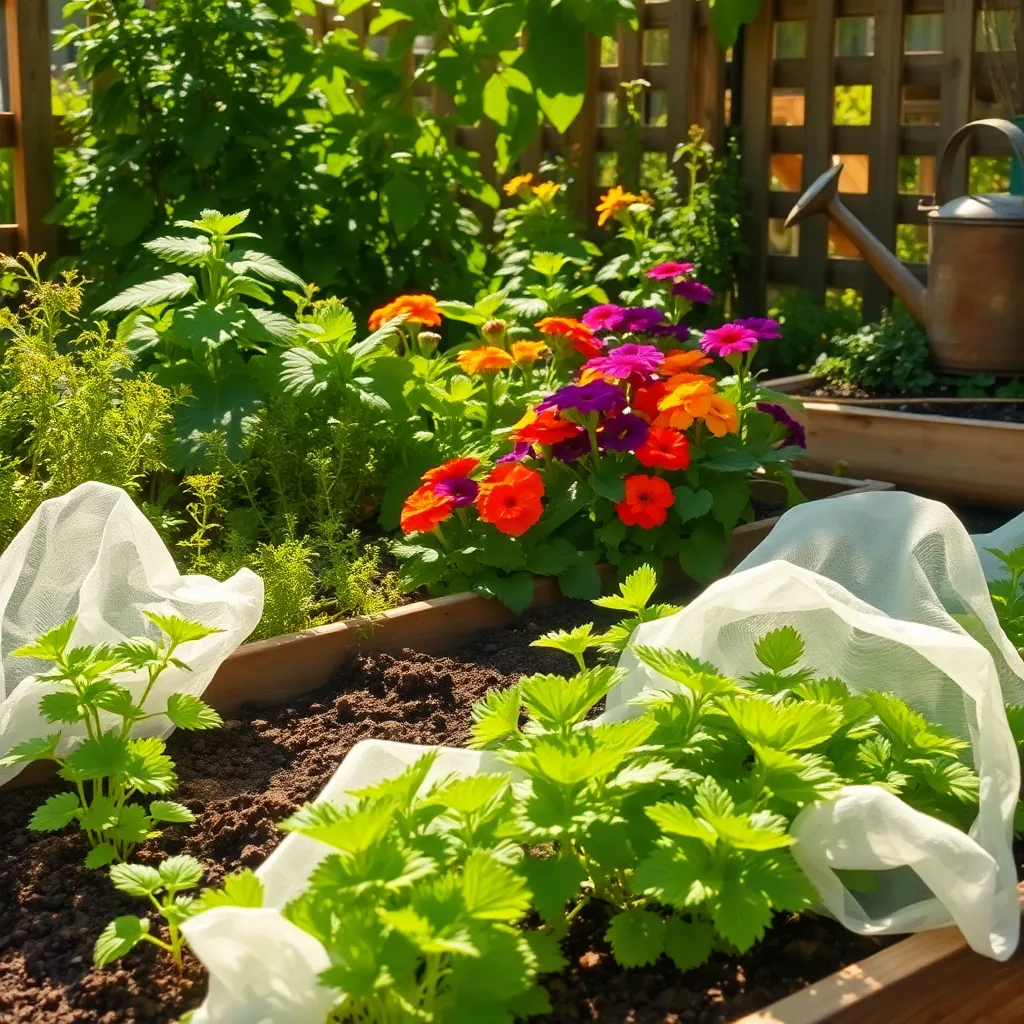
Overheating can become a significant issue when protecting plants from frost, especially if the protective coverings are left on during a sunny day. It’s crucial to remove or ventilate these covers as soon as temperatures rise above freezing to prevent creating a greenhouse effect that can stress or damage the plants.
To avoid overheating, gardeners should consider using breathable materials like burlap or horticultural fleece, which allow heat to escape. These materials provide frost protection while minimizing the risk of overheating, making them a smart choice for those looking to safeguard their plants effectively.
Placing mulch around the base of plants can also help regulate soil temperature, reducing the risk of overheating in the root zone. Organic mulches like straw or wood chips are particularly effective as they not only insulate but also gradually break down to enrich the soil.
Advanced gardeners might employ a technique called “thermal banking,” which involves using water-filled containers to absorb heat during the day and release it at night. This method can help maintain a more stable temperature around plants, further minimizing the risk of overheating when frost protection is needed.
Impact on Plant Growth Cycle

When protecting plants from frost, gardeners might inadvertently disrupt the natural growth cycle. This can lead to plants emerging from dormancy prematurely, which may affect their overall health and productivity.
One practical tip is to monitor soil temperature closely, as it plays a crucial role in a plant’s growth cycle. Using a soil thermometer can help gardeners ensure that they are not encouraging early growth by trapping too much heat.
Understanding the specific needs of your plants can mitigate the risk of disrupting their natural cycle. For instance, perennial plants may require a period of cold dormancy to thrive, so it’s essential to allow some exposure to cooler temperatures.
As an advanced tip, consider using frost cloths that allow air circulation while providing insulation. This helps maintain a balanced environment, ensuring plants are not shielded too much from essential environmental cues.
Moisture Buildup and Mold Issues
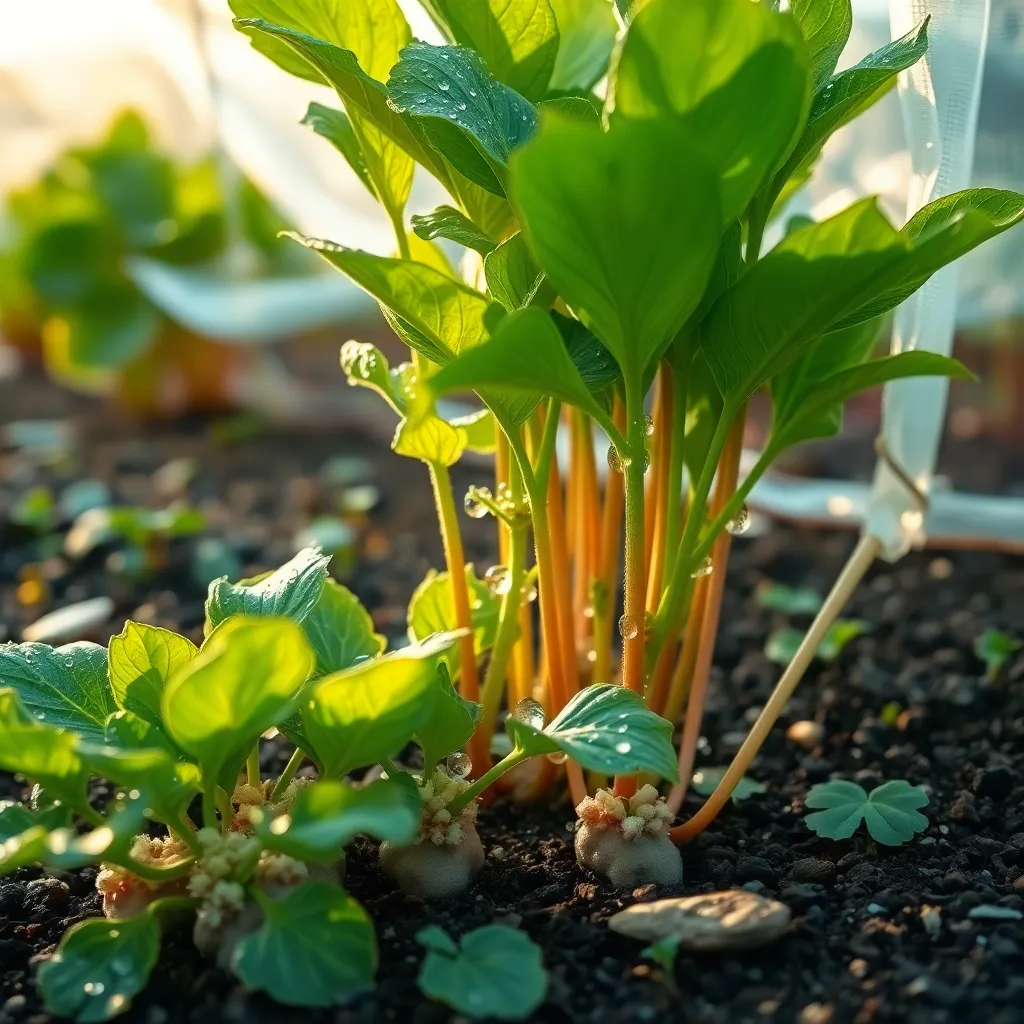
When protecting plants from frost, one potential drawback is the risk of moisture buildup beneath the coverings. This excess moisture can create a damp environment that encourages mold growth, especially if the coverings are left on for too long. To prevent this, it’s crucial to use breathable materials like burlap or frost cloth that allow moisture to escape. Additionally, removing covers during the day when temperatures rise can help keep plants dry and reduce the risk of mold.
Ensuring proper air circulation around your plants is another effective way to combat moisture-related issues. By spacing plants appropriately and trimming back any excess foliage, you can improve airflow and reduce the likelihood of mold developing. For gardeners with more experience, using a small fan in enclosed spaces like greenhouses can further decrease humidity levels. Regularly inspect your plants for any signs of mold, such as discolored leaves or fuzzy growths, and address these issues promptly.
Watering practices also play a crucial role in managing moisture levels. It’s best to water plants early in the day, allowing the sun to dry any excess moisture before nightfall. Avoid overwatering, as waterlogged soil can exacerbate the problem of mold. If you’re using drip irrigation or soaker hoses, ensure they are set to deliver water directly to the root zone, minimizing surface wetness. For more advanced gardeners, installing a moisture sensor can help monitor soil conditions and adjust watering schedules accordingly.
Lastly, selecting the right soil can make a significant difference in managing moisture. Opt for well-draining soil mixes that contain components like perlite or sand, which help prevent water retention and promote healthier root systems. For container plants, ensure pots have adequate drainage holes to allow excess water to escape. By taking these steps, you can effectively manage moisture levels and protect your plants from mold-related issues while safeguarding them from frost.
Material Costs and Sustainability
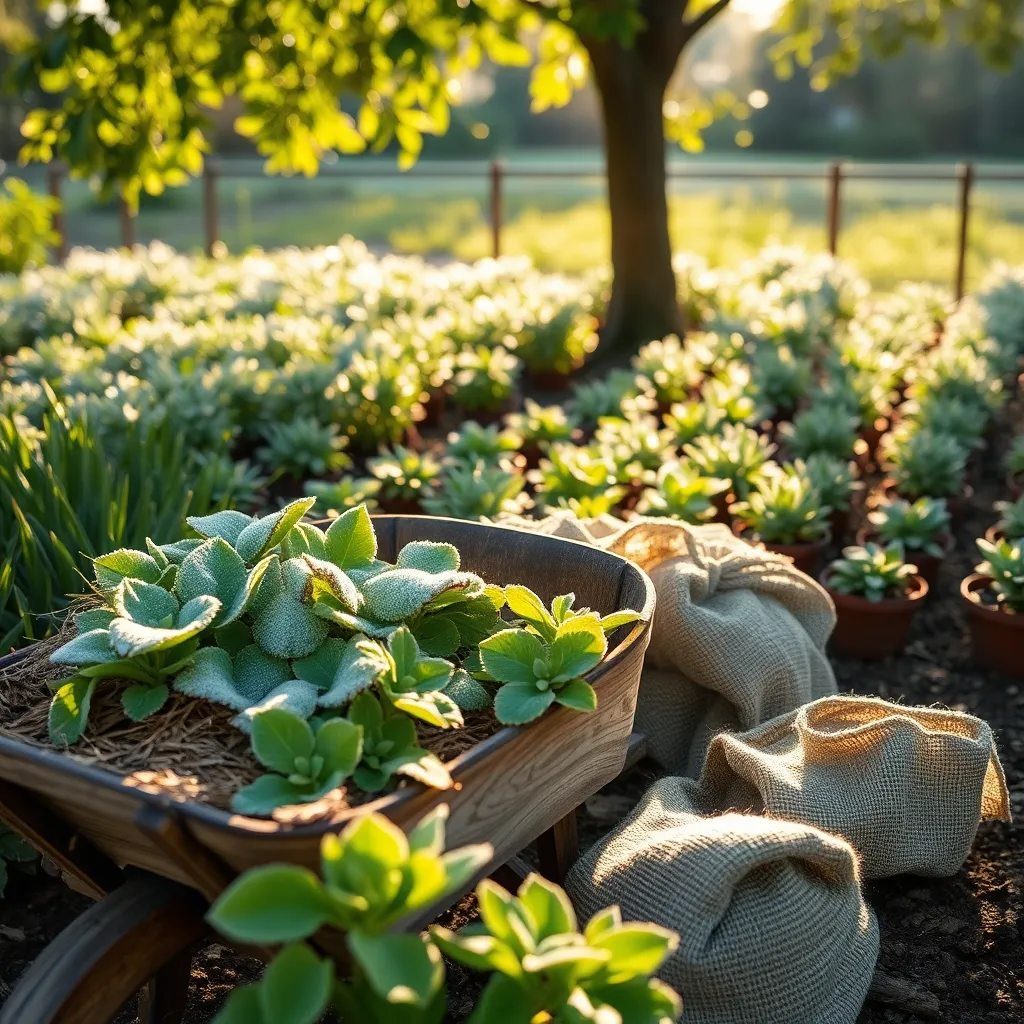
When protecting plants from frost, material costs can quickly add up. Many gardeners rely on materials like frost blankets, plastic covers, and stakes, which can be expensive if you have a large garden. It’s important to assess your garden’s needs and determine which plants truly require protection, as this can help you manage costs effectively.
For a more sustainable approach, consider using reusable materials like old sheets, burlap, or even cardboard. These options are not only cost-effective but also environmentally friendly, as they reduce the need for purchasing new products each season. By collecting and storing these materials after use, you can minimize waste and be prepared for future frost events.
Another cost-effective strategy is to plant frost-hardy varieties that naturally withstand cold temperatures. This eliminates the need for additional protective materials and reduces your overall gardening expenses. Researching and choosing the right plants for your region can provide a lasting solution that supports both your budget and the environment.
Additionally, you can practice strategic garden planning to minimize frost damage and material usage. Positioning more vulnerable plants near buildings or trees can offer natural protection from the elements. This not only saves money on materials but also utilizes the natural landscape to your advantage, promoting a more resilient garden.
Balancing Protection and Exposure
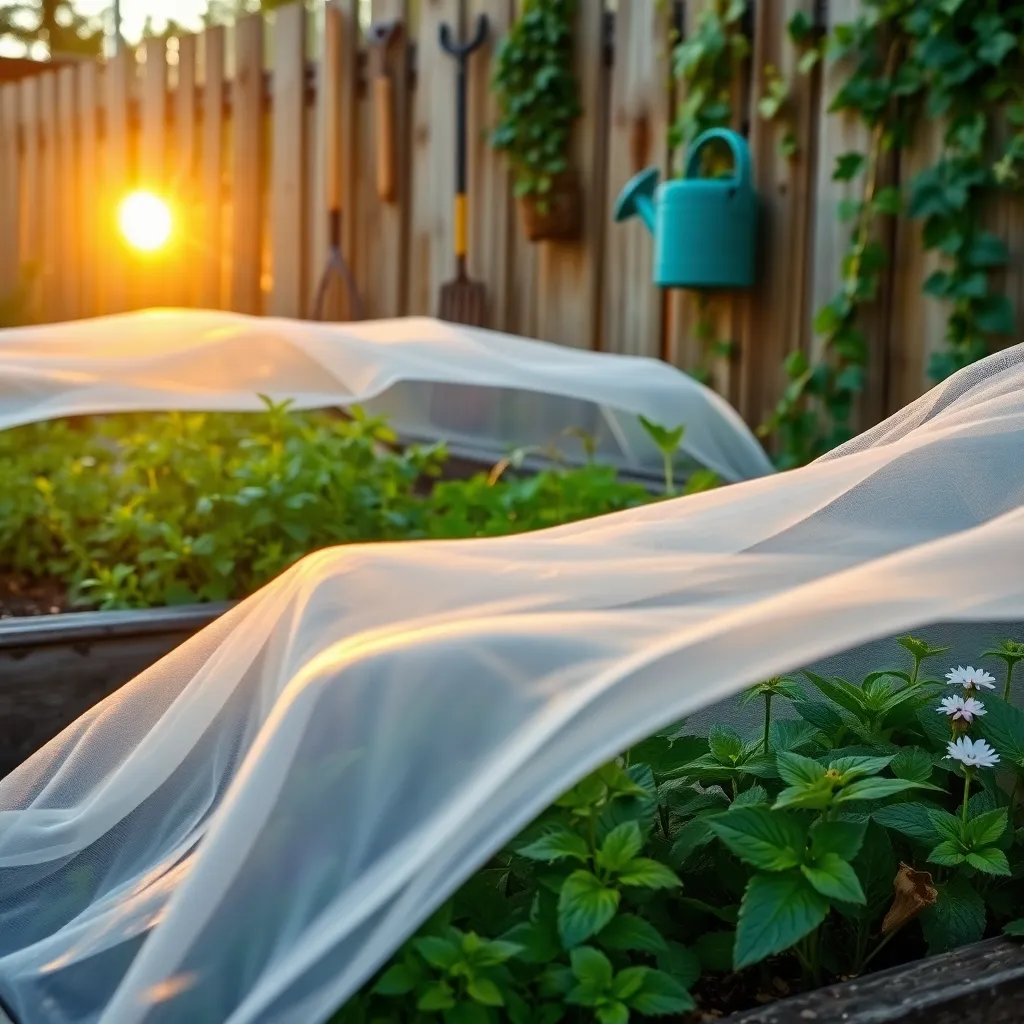
When protecting plants from frost, it’s crucial to balance protection and exposure to ensure optimal growth. While covering plants can prevent frost damage, it can also limit their exposure to essential sunlight, which they need to thrive.
To maintain this balance, consider using lightweight, breathable materials like horticultural fleece. This allows sunlight to penetrate while still offering a layer of frost protection, ensuring your plants receive the light they need.
It’s also important to remove protective coverings during the day when temperatures rise. This practice not only prevents overheating but also allows your plants to benefit from natural air circulation and sunlight.
In addition to covering, planting frost-sensitive species in sheltered locations can be beneficial. Positioning plants near south-facing walls or large stones can offer extra warmth, helping to buffer against temperature fluctuations.
Advanced gardeners might explore using cold frames or cloches to protect plants from frost while still allowing for sufficient exposure. These structures provide a controlled environment, offering both protection and the benefits of outdoor sun and air.
Conclusion: Growing Success with These Plants
In navigating the intricacies of relationships, understanding the balance between protection and growth is crucial. This article highlighted five key concepts: the importance of nurturing trust, the risks of overprotection, the value of open communication, the necessity of personal growth within relationships, and the benefits of resilience through challenges. Each of these elements plays a vital role in fostering a partnership that is both strong and adaptable.
As an immediate action step, consider setting aside time this week for an open conversation with your partner, focusing on how you can support each other’s growth without stifling individuality. This simple yet profound dialogue can lay the foundation for deeper trust and mutual respect.
Remember, relationships thrive when nurtured with care and understanding. Bookmark this article as a valuable resource to revisit these insights whenever you need guidance. By embracing these principles, you are well on your way to cultivating a relationship that is not only resilient but also abundantly rewarding. Let these insights guide you towards a future filled with meaningful connections and shared joy.

